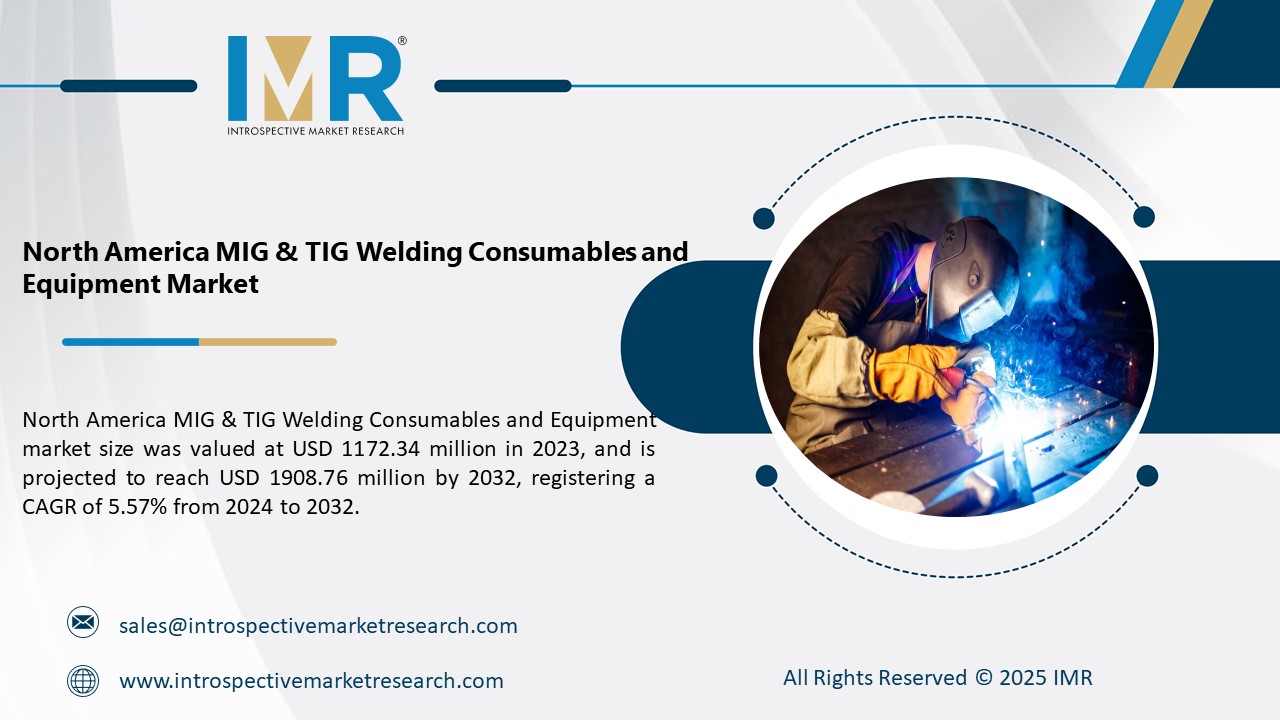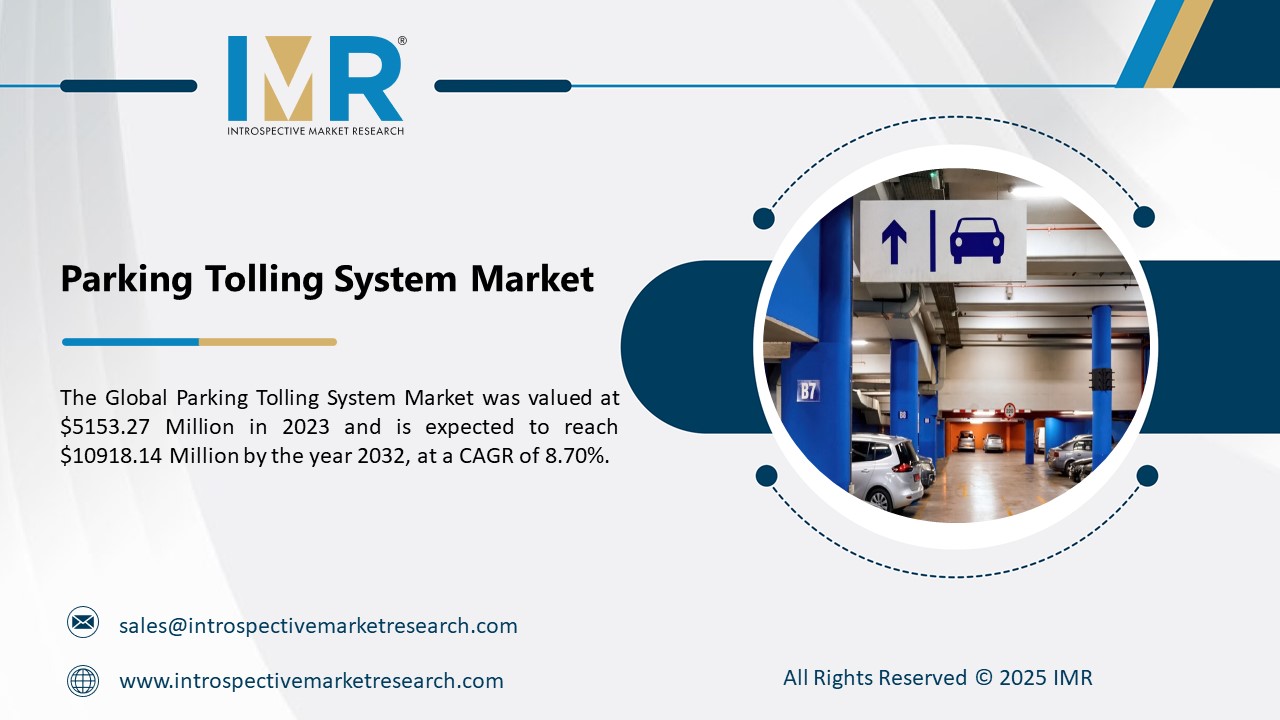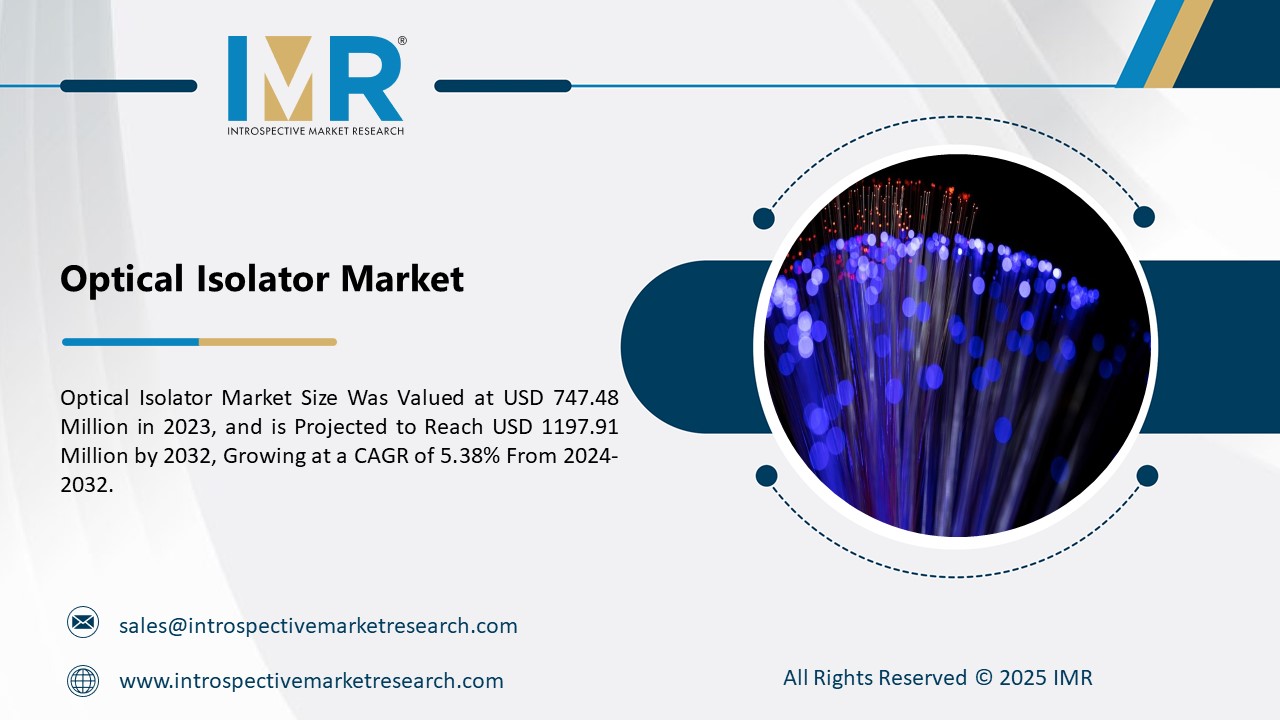
Electrocardiograph (ECG) Market size was valued at $5.9 billion in 2023, and is projected to reach $8 billion by 2030, registering a CAGR of 4.46 % from 2023 to 2030.
An electrocardiogram (ECG) is a test that measures the heart's electrical activity to examine how well the heart is working. The electrical activity that flows through the heart is measured and recorded by an ECG. If a patient experiences palpitation, chest pain, or arrhythmia, an ECG may be recommended. An abnormal ECG result may indicate one of several heart problems. Rapid technical improvements, rising adoption of remote monitoring devices, and an increase in cardiovascular disease incidence are the main factors driving the market's growth. It is anticipated that the aging population, which is more vulnerable to chronic illnesses, will grow in the upcoming years, which could ultimately result in a rise in the need for electrocardiographs.
The ECG market's major players are concentrating on gaining approvals and developing new products frequently, as this might significantly stimulate market expansion over the projected term. For example, in 2019 the US Food and Drug Administration (FDA) authorized Verily's Study Watch, a wearable medical device that performs electrocardiograms (ECGs), which are used to identify various heart diseases by measuring the electrical activity of the heart.
The watch was granted 510(k) clearance by the FDA, and its on-demand ECG feature which records, saves, transfers, and displays single-channel ECG rhythms categorizes it as a Class II medical device. It is also expected that the ongoing enhancement and modernization of currently available ECG devices would increase accuracy by lowering the number of false alarms.
The requirement for remote monitoring devices has increased in recent years, mostly due to the global increase in the geriatric population and a rising burden of chronic diseases. Systems for remote ECG monitoring are rapidly replacing traditional medical equipment in the cardiac monitoring department. Remote ECG monitoring devices have been used to track heart problems such as bradycardia, tachycardia, and arrhythmia in recent years, and, the quality of the ECG signals' conduction and reception has improved. According to an article published in 2021 titled "Home Monitoring of Cardiac Devices in the Era of COVID-19," until the COVID-19 outbreak resulted in a new era of telehealth and virtual solutions out of necessity, remote patient monitoring (RPM) technology remained underutilized due to a lack of data transparency and system problems. A growing trend is the substitution of low-cost wearable or smartphone-based ECG monitors for Holter monitors, such as event monitors that are better and last a month.
A major concern is the global increase in chronic illness cases, which is why some important companies are making significant investments in this field. Advanced technologies are being developed by healthcare companies due to growing investments in the industry. The number of heart conditions requiring continuous ECG monitoring has increased; before, these conditions could only be treated in hospitals. Even so, years and perhaps more often since the development of the wireless ECG, physicians have been able to remotely monitor and diagnose patient data. As widely used wireless ECG devices—such as ECG necklaces (ALiveCor, Heart Check Pen, MD 100E, and Dimetek), ECG strips, and mobile phone ECG—continue to advance, promising things for the future—especially in developed countries. An upcoming project also uses nanosensors as soft electronics biosensors and digital polymers incorporated in smart wear and nanotechnology. There is room for development in the sensor technologies in use now, which will likely propel market expansion going forward.
Global Electrocardiograph (ECG) Market, Segmentation
The Electrocardiograph (ECG) Market is segmented based on technology, lead type, end user, and region.
Based on technology:
With a high CAGR (compound annual growth rate) expected during the projection period, the wireless ECG devices segment is expected to develop at the quickest rate. Portable ECG devices, which offer full-disclosure ECG signals, complete data, analysis, thorough reporting, and home cardiac monitoring capabilities, are used to diagnose arrhythmias. Thus, during of the forecast period, the aforementioned factors will continue to support the expansion of the category as a whole. Senior citizens, rising cardiovascular disease rates, falling wireless technology costs, and improvements in remote monitoring technologies are all driving up demand for wireless ECG devices.
End Users:
The market share maintained by the hospital segment was the highest. The market shares that hospitals, clinics, and cardiac care centers registered for in 2019 were the highest. The increasing incidence of cardiovascular diseases, which leads to up demand for high-quality cardiology care and a rise in patient visits to doctor's offices for CVD diagnosis, is primarily responsible for this segment's highest share. It is also partly due to the availability of payments for these and event monitors in developed markets.
Region:
The market is dominated by North America, with Asia Pacific and Europe following closely behind. The market for electrocardiograms (ECGs) is dominated by the United States, primarily because of the country's high rate of adoption of cutting-edge technology, growing popularity of at-home health care monitoring, and rising rates of cardiovascular disorders. The market for electrocardiographs is expanding in Germany as a result of rising healthcare costs and the increased incidence of cardiovascular illnesses. Growing economies, expanding healthcare spending, and developing technologies in Europe will provide enormous growth potential for global market participants, potentially driving the European market as a whole for the projected period.
The rising incidence of cardiovascular illnesses and the region's developed healthcare system are two of the main drivers of the electrocardiograph market's expansion in Asia Pacific, particularly in China. APAC's market may also grow as a result of increased government efforts to educate the public about chronic illnesses.
Some of The Leading/Active Market Players Are-
- GE Healthcare (U.S.)
- BioTelemetry (U.S.)
- Welch Allyn (U.S.)
- Koninklinje Philips NV (Netherlands)
- Nihon Kohden Corporation (Japan)
- Schiller AG (Switzerland)
- OSI Systems Inc. (Spacelabs Healthcare) (Washington)
- AliveCor (Calif)
- Mindray Medical International Limited (China)
- Medtronic PLC(Ireland), and Other Active Players
Key Industry Developments
- In April 2022, GE Healthcare signed an agreement with Deep Cardio to develop an Al-based ECG diagnostic technology and ECG data analysis program.
- In March 2022, AliveCor and GE Healthcare announced their collaboration. Medical personnel can use the Kardia Mobile 6L ECG gadget to access GE Healthcare's MUSE system. By enhancing the quality and integration of the patient's data, the alliance seeks to improve patient convenience and decrease hospitalizations related to cardiology.
Key Findings of the Study
- The market is growing due to the increasing use of remote monitoring devices, developments in technology, and an increase in the incidence of cardiovascular disease.
- The market for wireless ECG devices is expected to grow quickly, powered by the ability to monitor homes and portable devices.
- North America leads the market, followed by Asia Pacific and Europe, driven by technological advancements and rising healthcare spending.







